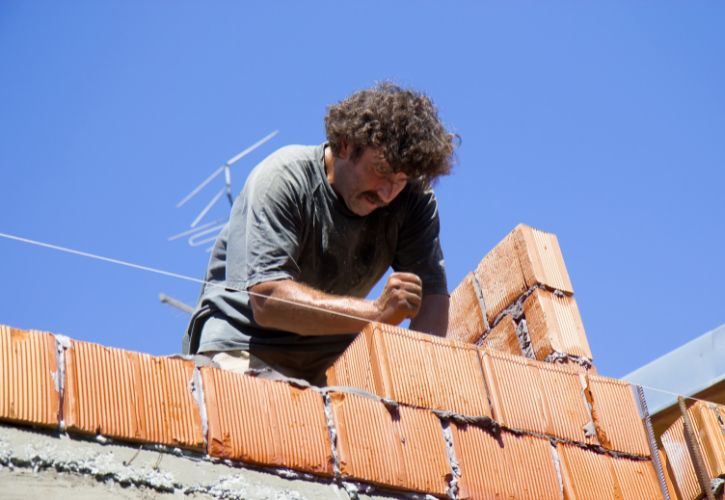Heatwaves are becoming increasingly common in many parts of the world, and working outdoors in extreme heat can pose significant risks to both people and their tools and equipment. It’s essential to take appropriate steps to protect yourself and your tools from the dangers of excessive heat. Learn tips for using tools and equipment in extreme heat.
Know the Hazards of Working Outdoors in Extreme Heat
Working outdoors during scorching weather can cause serious and life-threatening health issues. Heat exhaustion can present symptoms like dizziness, fatigue, and excessive sweating, while heatstroke causes a rapid heartbeat, high fever, dry, confusion, nausea, hot skin, and even unconsciousness. Heat stroke is a life-threatening emergency that requires immediate treatment. If you or a coworker exhibits signs of heat stroke, get out of the heat to an air-conditioned environment and call 911 immediately.
Make sure to sip water throughout the day to maintain hydration rather than chugging a lot all at once.
Effects of Overheating on Tools and Equipment
Extreme heat can have adverse effects on tools. Tools can become too hot to touch without heat-resistant gloves, possibly causing burns or injuries. Overheated tools suffer reduced performance, making tasks more time-consuming and frustrating.
Extreme heat also causes excess wear on components, potentially shortening the lifespan of your tools, and can damage batteries in cordless tools, causing them to drain faster or even become dangerous.
Tips for Protecting Your Tools and Equipment
Store tools in a cool, shaded area. Keep your power tools and heavy equipment out of direct sunlight when not in use. If no shaded area is available, you could cover your tools with a tarp to keep them out of the sun when you’re not using them.
For motorized equipment, make sure you’ve checked batteries, coolant levels, and tire pressure (which increases in the heat and can cause blowouts). Ensure that AC systems for cab interiors are working, and try to schedule work for off-peak early morning and evening hours when possible.
Take regular breaks, which allows time for both you and your tools to cool off. If you’re working on a project that requires continuous tool use, have a backup set of tools so you can switch out equipment that needs to cool off.
Learn the signs of overheating in the tools you use, from lawn equipment to air compressors and pneumatic tools. Keeping your chainsaw properly tensioned can reduce the risk of overheating, while some battery-operated tools will simply drain themselves of power and shut off.
Regularly inspect your tools for any signs of wear or damage due to heat exposure. Replace any worn-out or damaged components as needed to keep your tools functioning efficiently.By observing important safety measures like scheduling breaks, staying hydrated, and performing routine tool maintenance, you can use your tools in hot weather. But never ignore excessive heat warnings; whatever the project is, it isn’t worth risking your life in the heat. Take it up again when cooler temperatures prevail. Stay safe, stay cool, and keep your tools in top shape for optimal performance.

